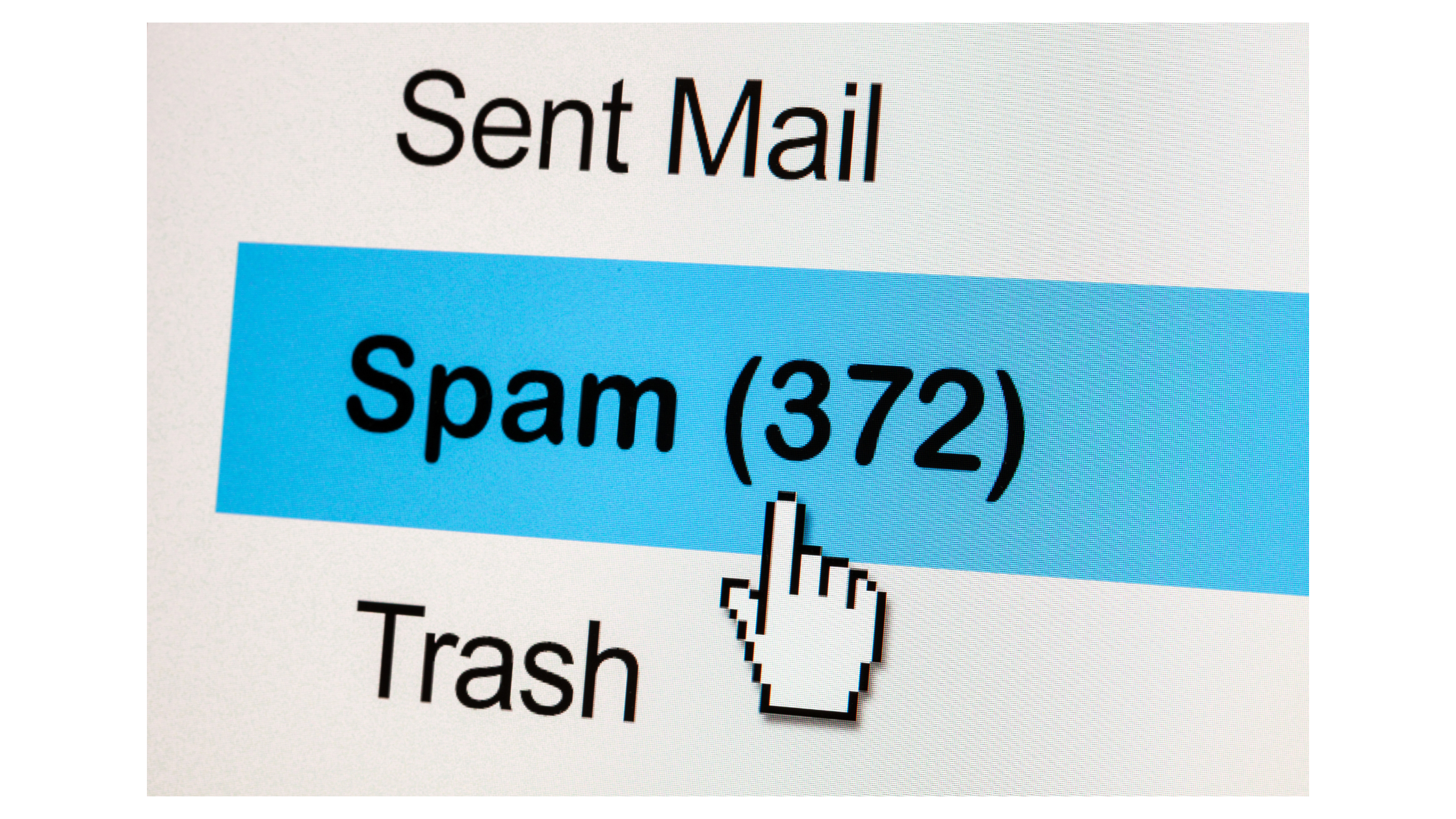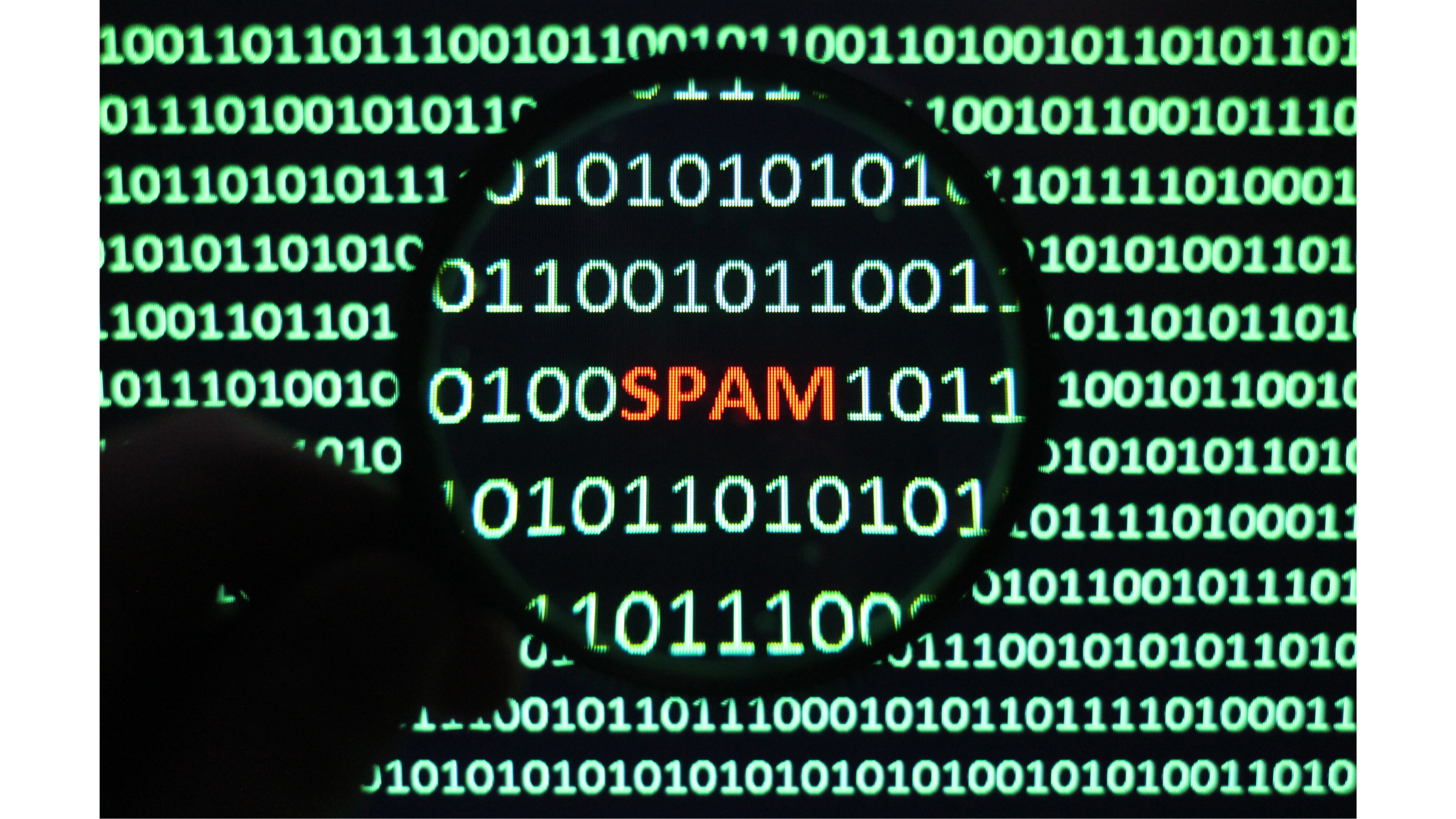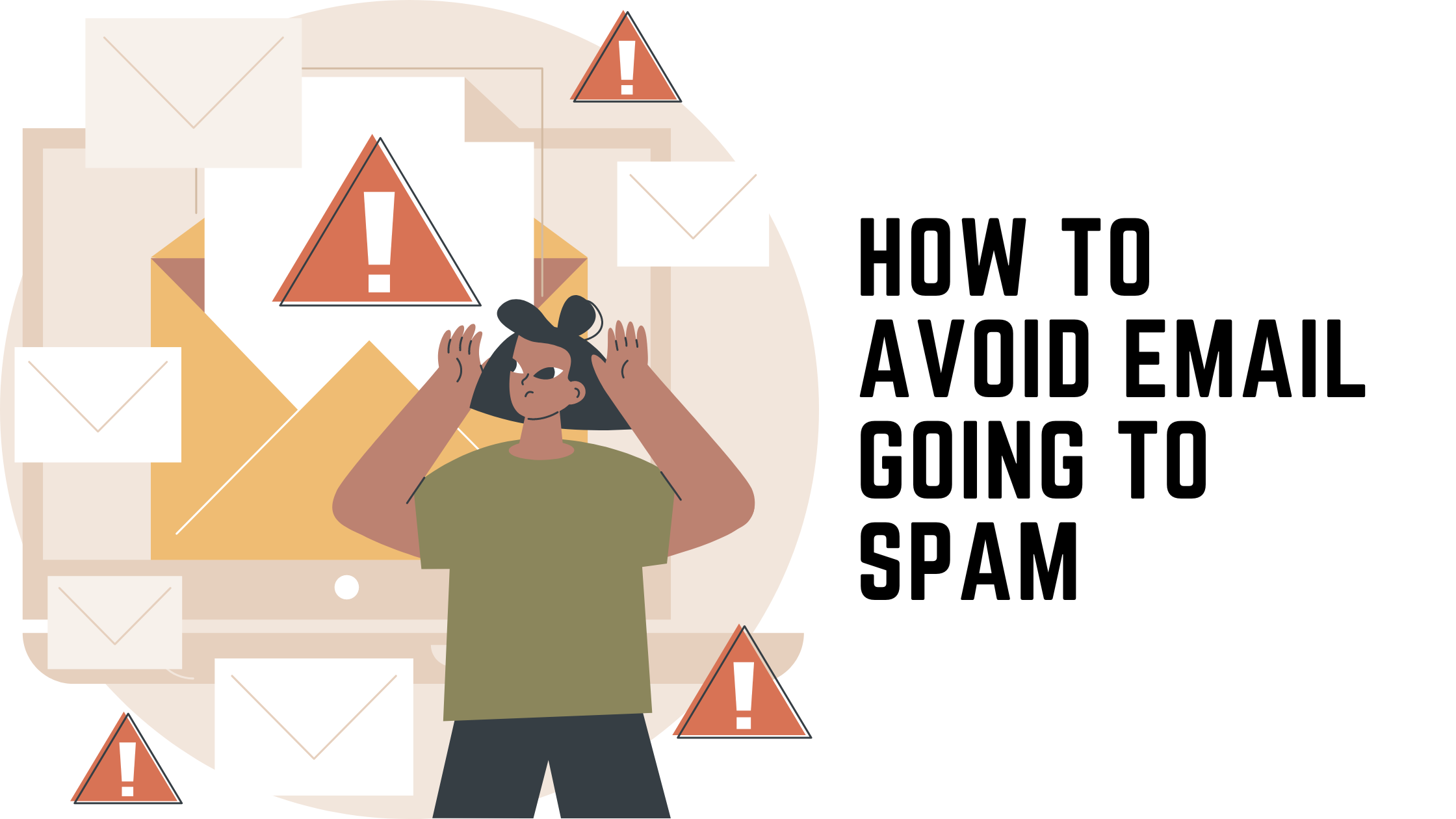Tips and Guides
How To Avoid Email Going To Spam: Tips and Strategies

Email is the cornerstone of modern business communication and marketing, and for good reason. It connects your business directly to the inboxes of potential and existing customers.
But this powerful tool comes with a caveat: the dreaded spam folder. No one wants their carefully crafted emails sitting alone in the dark corners of a spam folder.
Managing email deliverability for your business can feel like a game of dice – one day, your email campaigns are smoothly sailing to your subscriber’s inboxes, and the next, they’ve landed in a spam folder.
But it’s not all chance or randomness. You can take tangible actions to avoid landing in spam folders; this guide will take you through just that.
How do spam filters work?
Ever wonder what happens to your emails after you hit that ‘Send’ button? That’s where spam filters come in. These filters analyze your email based on multiple metrics, from IP reputation to the very semantics of your content. Then, it decides if your email is safe or a sneaky sales attack.
Here’s an easy analogy that might simplify spam filters for you. Spam filters are a bit like the bouncers at a club – they determine who gets in and who doesn’t. These criteria for entry are unique to each email provider, but often include factors like the email’s content, sender reputation, and engagement rates.

Why do emails go to spam?
It’s not always clear why an email might land in the spam folder, but spam filters aren’t without reason. They’re programmed to sift out ‘suspicious’ emails that exhibit common spam behaviors. Some typical red flags include:
- Content Quality: If your email has poor grammar, spelling mistakes, or unsuitable graphics, it may be considered spam.
- IP or Domain Reputation: The reputation of the sender’s IP address plays a significant role. A new or previously spam-associated IP address may spell trouble.
- Engagement Rates: If your emails receive consistently low open rates or high spam complaints, it indicates to filters that your content is unwelcome.
- Blacklisted Phrases: Certain words, like “free,” “prize,” or “urgent,” are known to trigger spam filters.
- Deceptive Content: Misleading subject lines or dishonest content are the fastest routes to the spam folder.
#1. Your IP Address Is or Has Been Used for Spam
An IP address’s reputation can work for or against you. Your IP address status is almost like your email campaign’s credit score. Each time one of your emails is classified as spam, it negatively impacts your sender score, which increases the likelihood of future emails being flagged.
If you’re using an IP address with a history of sending spam, the battle is uphill. This is why businesses often rely on third-party email service providers with good standing to send out their bulk emails.
#2. You Don’t Include Your Physical Address
Regulation is getting tighter, and including your physical business address is often mandatory in countries such as Canada and regions such as the EU. If there is no physical address in your email, it could be waving a red flag to spam filters.
Here’s how a filter’s brain works: “Can’t find the business’ location on a map? Then, it can’t be trusted. Let’s mark it as spam.”
Transparency is key here. Every email must legally have a physical postal address or official business location.
#3. Your Subject Line is Misleading
A subject line promising ‘Free Money!’ that leads to a subtle pitch for a sale is a no-go. Misleading subject lines are a sign of deceptive practices, which spam filters don’t take lightly.
Or sending something like “Thank you for placing your order!” when it’s not an actual order confirmation, just a newsletter promoting something you want consumers to purchase, is another example that will land you in junk mail.
A misleading or clickbait-y subject line is a sure route to the Spam folder and a tarnished domain reputation.
Best Practices to Prevent Your Emails from Going to Spam

Now that we know what not to do, let’s talk about what you should be doing to steer clear of spam filters.
Absolutely Refrain from Purchasing, Renting, or Scraping Mailing Lists
It might feel tempting to shortcut the list-building process, but doing so by purchasing or scraping emails can lead you straight to spam. These lists often contain defunct addresses or users who never agreed to hear from you, both of which are spam signals to filters.
Any list that isn’t organically built by your business leaves you at a risk of spoiling your sender reputation.
Use Double Opt-ins From the Start
When subscribers have to take a conscious second step to confirm their subscription, they’re more invested in your content.
Note: A double opt-in is a strong signal to filters that you’re a responsible sender. It’s a practice that I highly recommend you implement right away.
Avoid using words and phrases that trigger spam filters
As we discussed above in the causes section, certain words and phrases act as red flags to spam filters. Terms such as ‘urgent,’ ‘free,’ and ‘act now’ are common spam trigger words.
While using them won’t automatically get you marked as spam, their presence heightens the filter’s scrutiny. Avoid gimmicky sales techniques in your content and subject line in your email marketing.
Use a professional email address
Maintaining a professional image extends to your email address. Sending from an address that isn’t generic or has a history of good sending is a good practice green light.

Build a Solid Sender Reputation
Like in real life, your online reputation precedes you. Deliver value, keep complaints low, and watch your open rates soar as your sender reputation does likewise. Adding an unsubscribe link will also help improve your sender reputation.
Note: There are actions you can take, such as buying business email hosting that offers a higher deliverability promise. Our new cloud hosting feature for business emails offers improved email deliverability. We use only whitelisted IP addresses with clean reputations.
Conclusion
Understanding why emails end up in the spam folder can be complicated, and the ever-evolving nature of spam filter algorithms makes it a moving target. I hope that the best practices above helped you understand how to land in inboxes and navigate spam filters better.
Interested in a fail-safe solution to your email deliverability challenges? Swing by SirsteveHQ’s newly launched Business Email Services. It’s equipped with every tool you need for your business email campaigns to weather any spam storm.


























